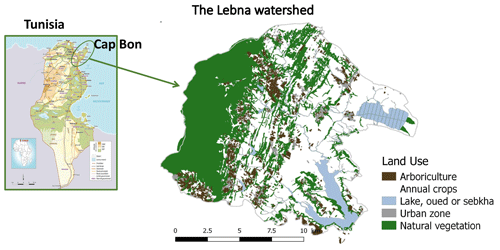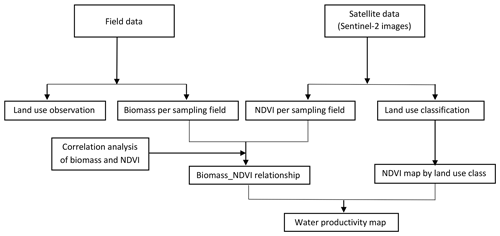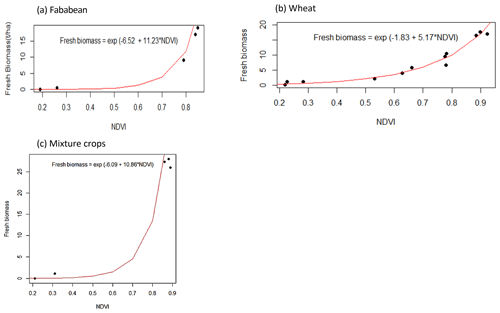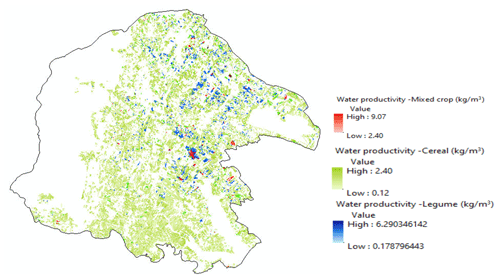Analysis of rainfed cereal-legume mixture cropping water productivity in Lebna catchment, Cap-Bon, Tunisia
Under climate change conditions, optimizing water resources management in rainfed agricultural production systems requires the reasonable choice of crops. In this context, the adoption of crops diversification is promoted to increase the agricultural production and the added value per cubic meter of rain water (green water) used by crops. Contributing, therefore, to increase agricultural production and to preserve soil and water resources. The objective of this study is: (i) to identify mixed crops within agricultural fields and, (ii) to evaluate the biomass production and the water productivity in the Lebna watershed (Cap-Bon, Tunisia) using remote sensing and field measurements. The study area, covering 210 km2, is characterized by the predominant of cereals, legumes and fodder cropping systems. The experiments allowed the quantification of crop evapotranspiration and the observed biomass production at the agricultural field plots. The use of the sentinel images and the observations at different agricultural fields allowed to produce NDVI maps. The results first confirmed a good correlation between biomass production and NDVI values. The exponential relationships showed a values of R2 greater than 0.7. The use of sentinel images and GIS allowed to compute water productivity from field to watershed scale. The results revealed a considerable spatial variation in water productivity values for different crops. Compared to a single crop, the cereal-legume mixture cropping improved the water productivity. The maximum value with 9.07 kg m−3 is observed for the mixture crops. The lowest value (0.12 to 2.40 kg m−3) was obtained for the cereal crop. These results help to recommend adaptation measures in agricultural production systems to climate change.











